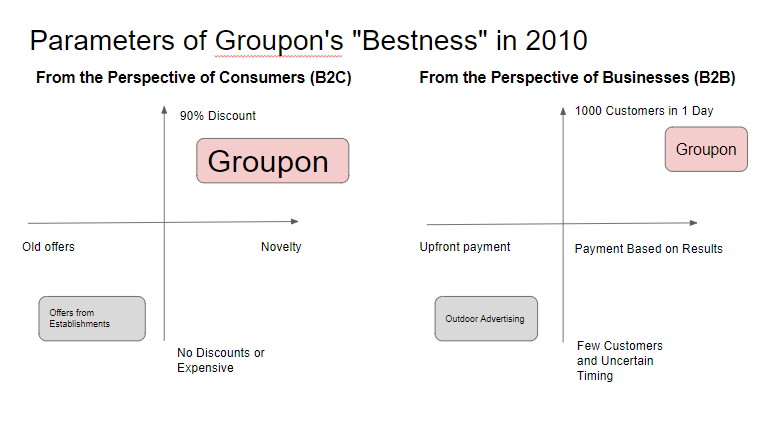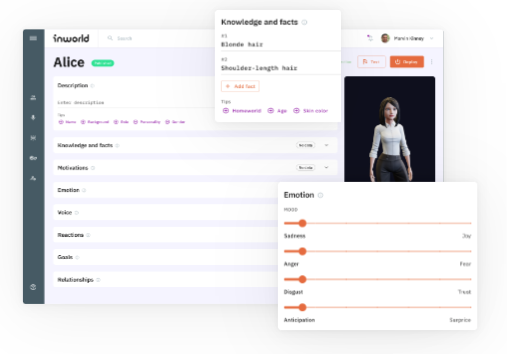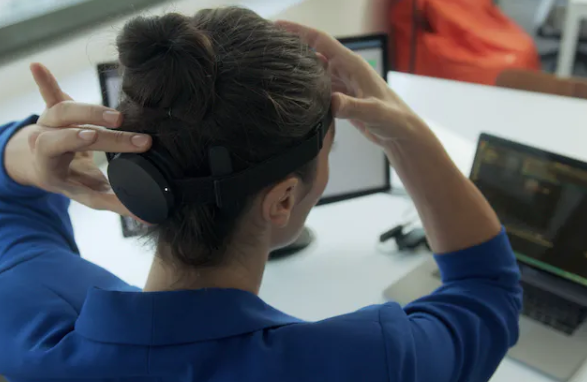Day 4. How to outperform competitors by copying from other markets. N22
How to Beat Current Competitors?
As we discussed yesterday, it’s possible to assess the potential success of a copied project in advance.
A good method is to consider the current market where you intend to copy your project. For example, let’s say we are copying a project to the English language market, and we know that the key players in the English language market are offline tutors.
When we find some new cool project in English on the American or Chinese market, we apply it here. Do we have a chance? We need to outperform the current players in certain parameters. For example, customers value results, cost, and fun. For instance, every parent selects an English language course, and they have their own parameters. We need to be better than existing players for a specific segment based on certain parameters. Sometimes it seems impossible, but if you look closely, you can always find some parameter. Maybe it’s not the most important one, but it’s a parameter that gives you a chance.
As Chkalov said, “If you’re going to be, be the first.” The essence of this expression is that when launching a project, you need to be better in certain parameters than the main competitor.
I already gave an example yesterday with Darberry. It took off not because it was a new format but because it became in demand for objective reasons. Based on the parameter “discounts,” regular discounts were 10-20%. We offered 50-90%. For businesses offering such discounts, the parameters were: 1. Bringing many customers on a specific day. 2. Payment for customers was not upfront but based on results. This was a super counter-positioning compared to current players. That’s why everyone willingly tried this format, not just because it was something new, interesting, or fashionable.
This lesson is about defeating the current leader not where they are strong, such as cost or speed, but by finding these X and Y parameters where you have a chance.
Two Approaches to Copying
Now that we understand what to look for, let’s get into the search.
- Find technology that will improve existing parameters by 3-5 times in the eyes of the Target Audience (faster, cheaper, more convenient).
- Investments in startups (Crunchbase)
- Accelerators like Y Combinator (YC)
- Patents
- Trends
- Find new behavior patterns among people that will make other parameters important, such as “environmental friendliness” or “remote work.” Then, give yourself a chance to be number one in these new parameters.
- Time investments
- Popular websites and increasing search queries
- Popular communities
- Migration of people
Example: Micro Schools
After the pandemic, we noticed strange behavior from many parents and children. They realized that on YouTube, there are more valuable tutors. That meant going to school was inconvenient. So, home micro-schools appeared. Any home now creates a micro-school. The idea is based on changing people’s behavior. Physical movement.
- The pandemic and homeschooling forced parents of schoolchildren to rethink traditional education. According to surveys in the United States, 48% of parents are dissatisfied with the quality of K-12 (public schools).
- Therefore, even after restrictions were lifted, many families continued homeschooling and started looking for alternatives to regular schools.
- One format that is gaining momentum is micro-schools at home. Usually, they have 10-15 students who learn at their own pace under the supervision of a teacher.
- The startup Prenda decided to become the “operating system” for such micro-schools and raised $20 million in investments this week. They teach parents how to launch their own micro-schools and provide all the materials.
- Accredited teachers monitor progress and conduct exams. Already, 300 people have opened their micro-schools using the Prenda system, and 3,000 students are currently enrolled.
Example: Inworld AI – Virtual Character Builder
Digital avatars are replacing physical appearances: we spend more and more time in front of screens rather than with other people. Now, colleagues, friends, and bosses are just avatars on a flat screen or in VR glasses.
Why does the interlocutor have to be a living person? Neural networks, acting as your interlocutor, can engage in conversations, mimic emotions, and facial expressions.
Startup Inworld AI has decided to create a builder for such virtual avatars and recently secured $50 million in investments.
Example: Neuro Interfaces
Neuro interfaces have emerged. They can enhance memory for specific words using their tools, such as monitoring brain activity, indicating when it’s best for a person to remember, or when it’s better to take a nap, and so on.
Meta plans to enter users’ minds. The company recently published an overview of a new AI model that deciphers brain activity and converts it into text. Users only need to “speak” phrases in their minds, and the neural network recognizes them.
Currently, an accuracy of 73% has been achieved using the 793 most common English words. The development is said to help people with speech and writing disabilities, as well as in the study of our brain.
What’s the trend? The rise of neuro interfaces. While previously this technology was only used in medical laboratories, it has now gone mainstream. Brain-computer interface development is being pursued by Mark Zuckerberg, Elon Musk, and numerous startups.
Examples: Snap recently acquired NextMind, a developer of neurocomputer interfaces. The startup created a headband that allows users to control a computer interface “with the power of thought.”
Dreem is a headband that monitors brain activity and provides soothing sounds or meditative instructions as output.
Example: You notice a trend that universities are no longer cool, and work is more important. Consequently, you send your child not to a university but directly to an interesting company for an internship.
Young people now have a trend. There’s no need to apply to a university. Everything has changed. Learning now needs to be lifelong. There’s no longer a scenario where you go to a university and then work in one profession for your whole life. Due to the pandemic, universities have been replaced by online education. Everyone is on TikTok.
Task
- Choose a dating-related market at the intersection. Identify the main cost structure for the Target Audience and the main competitor. The market should be $100 million or more, and you should have a good understanding of it.
- Describe the current selection parameters through which the main competitor (bestseller) outperforms other players.
- Search for technologies that can improve existing parameters by 3-5 times in the eyes of the Target Audience (faster, cheaper, more convenient).
- Find options similar to this: investments in startups on Crunchbase, accelerators like YC, patents, trends.
- Search for new behavior patterns among people that will make other parameters important, such as “meeting people differently” or “meeting people while searching for shared rentals.”
- Time investments.
- Popular websites and growing queries.
- Popular communities.
- Migration of people.
- List analogs and write what fits at least in theory.








